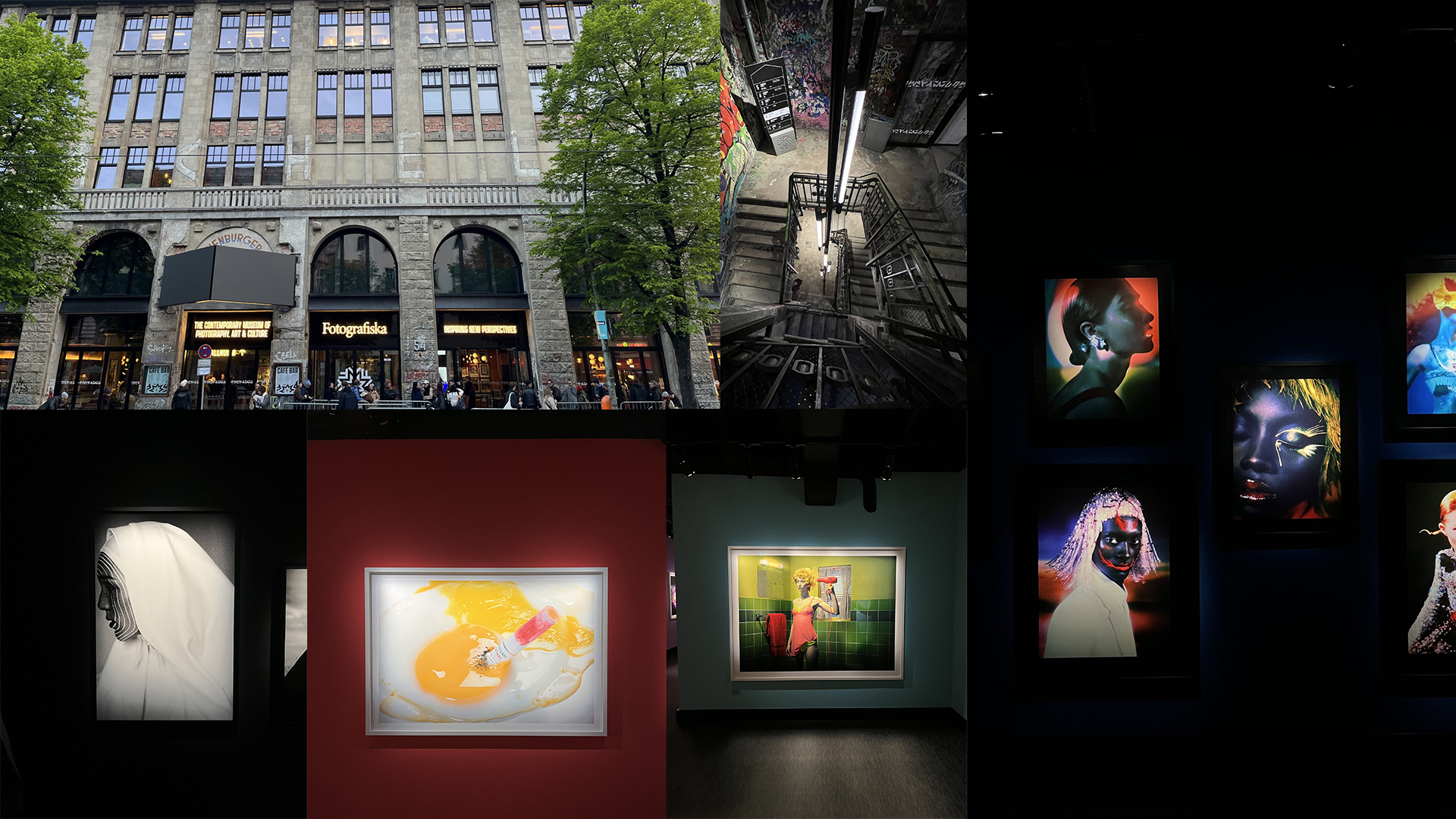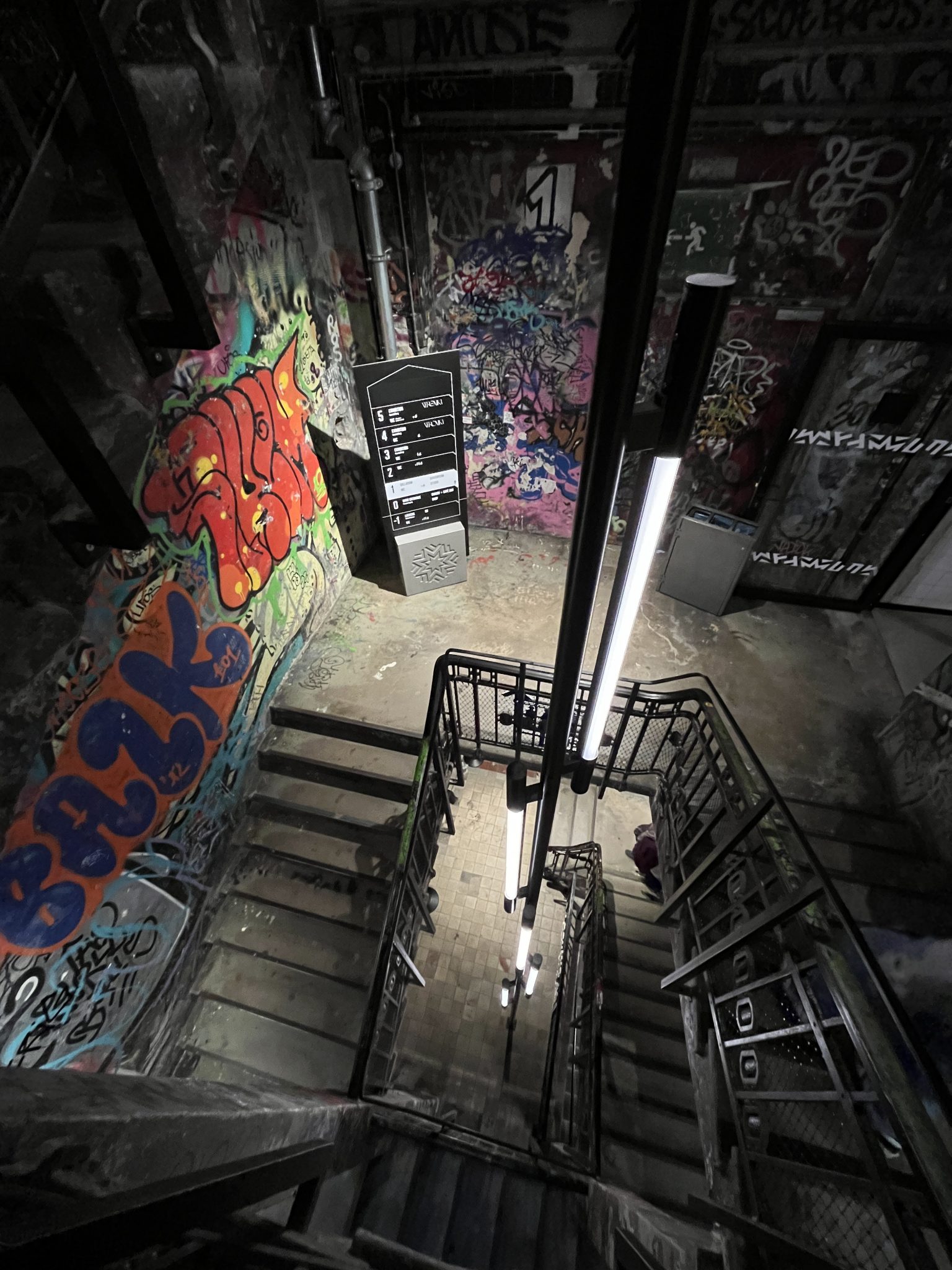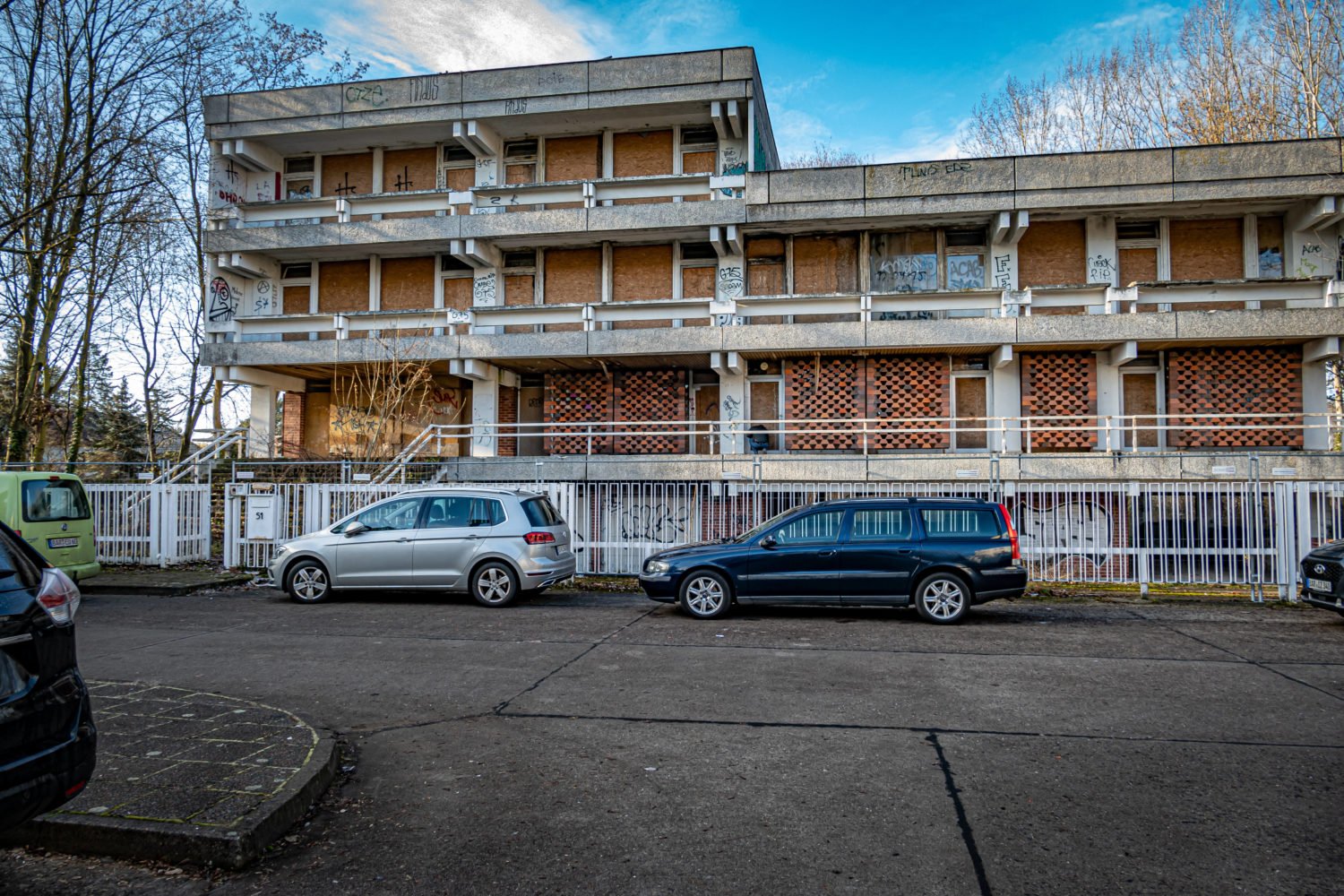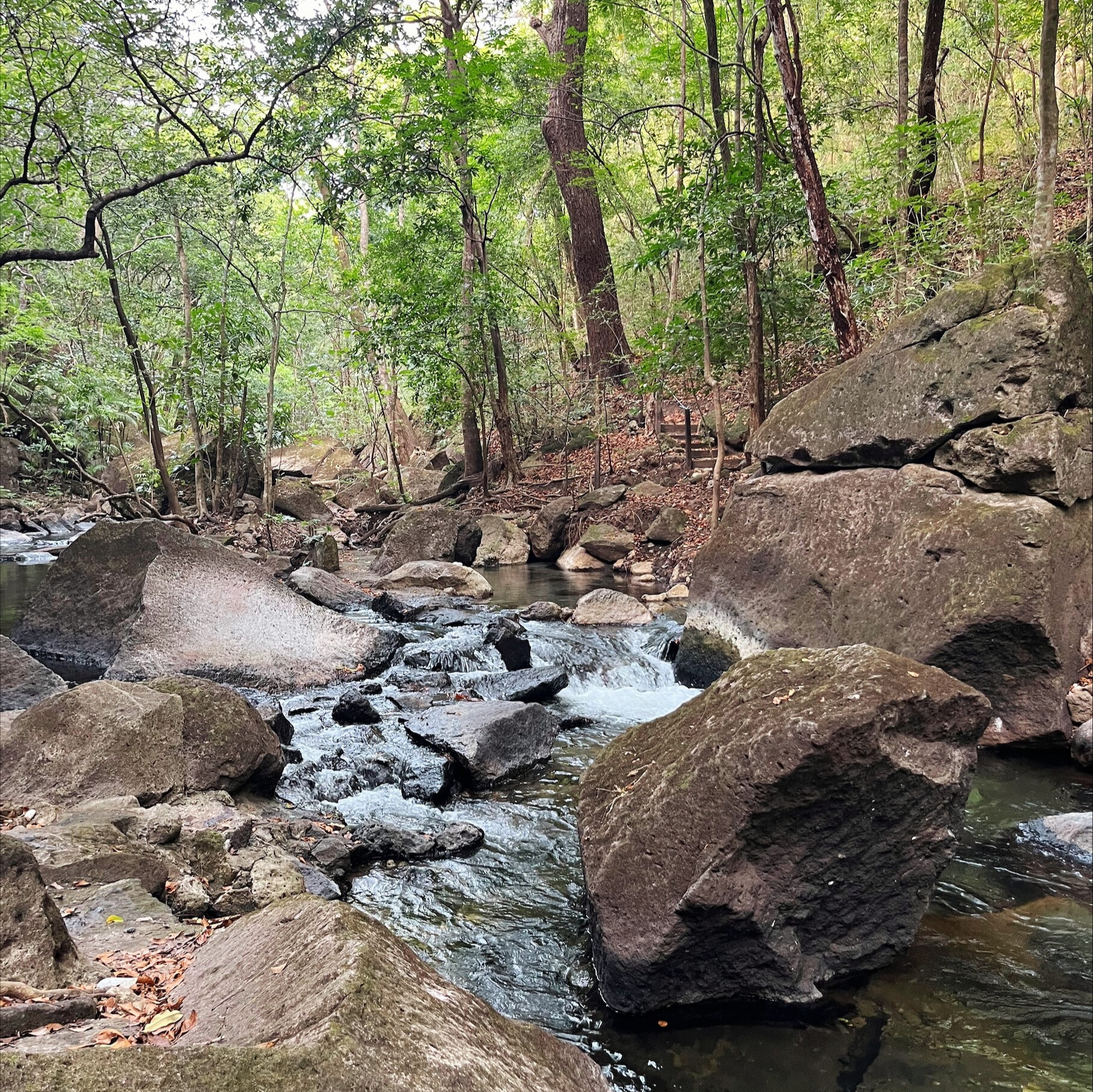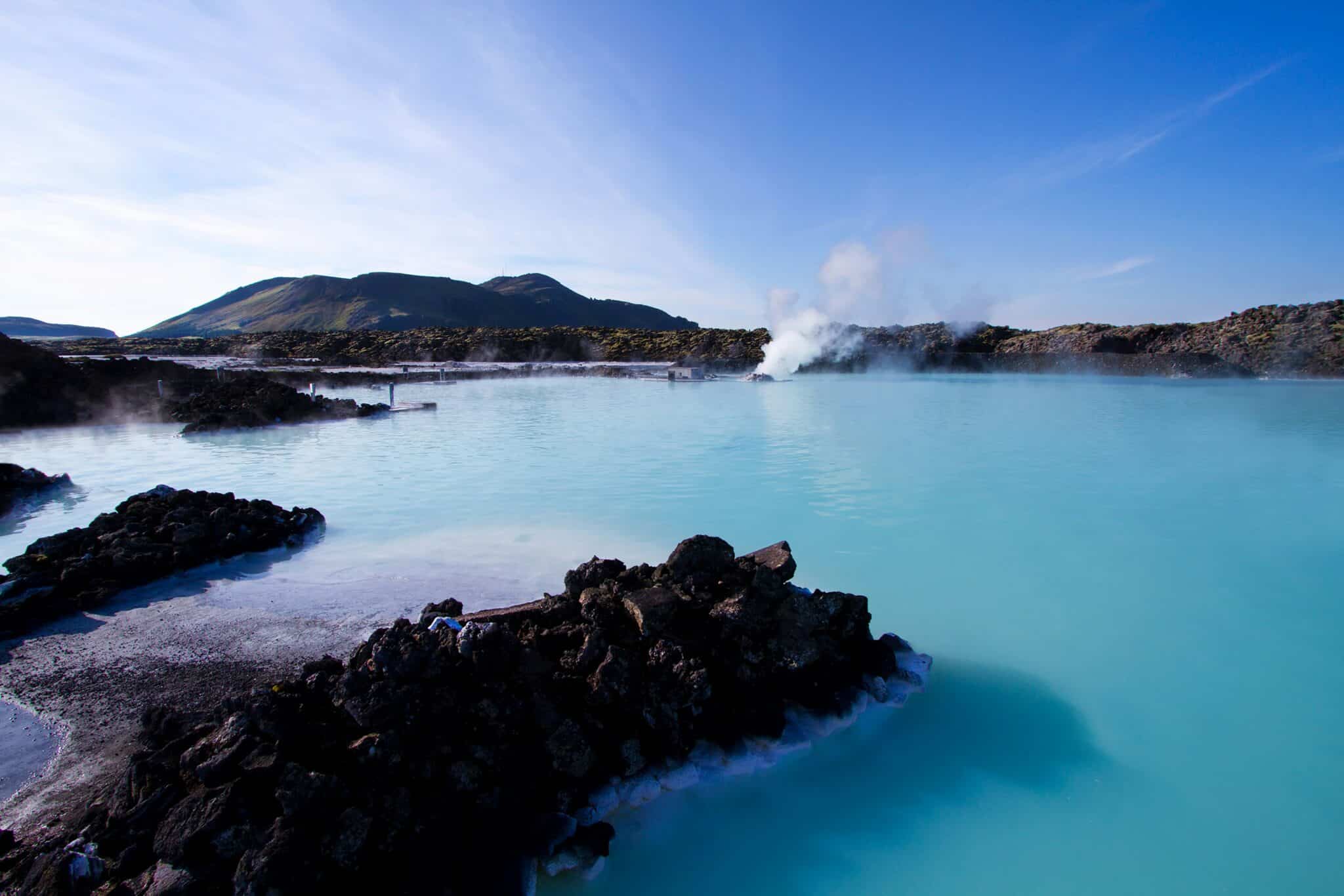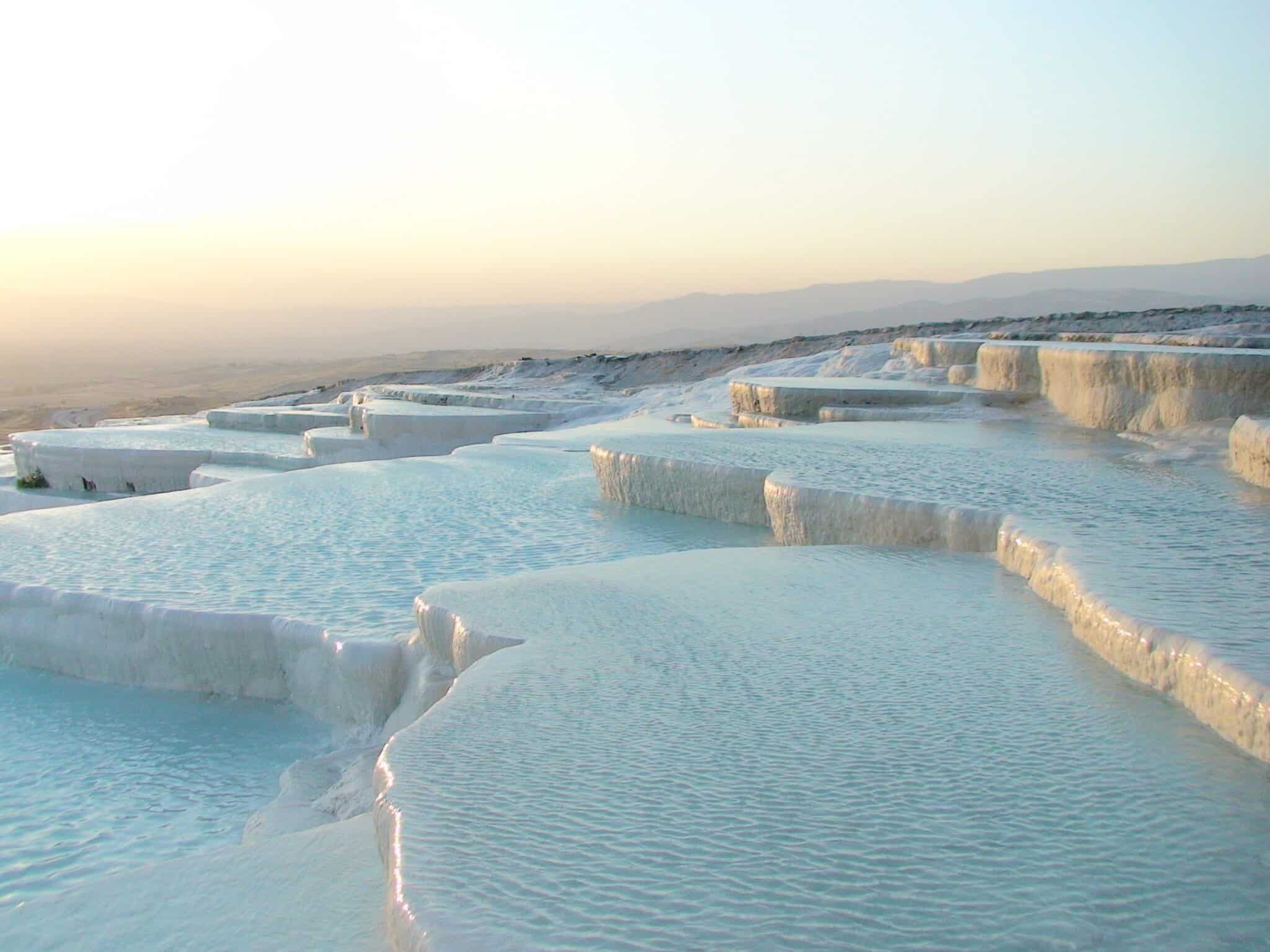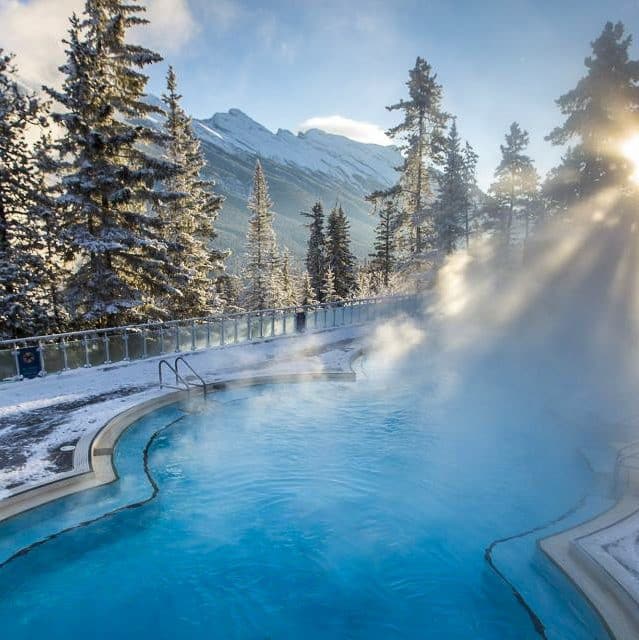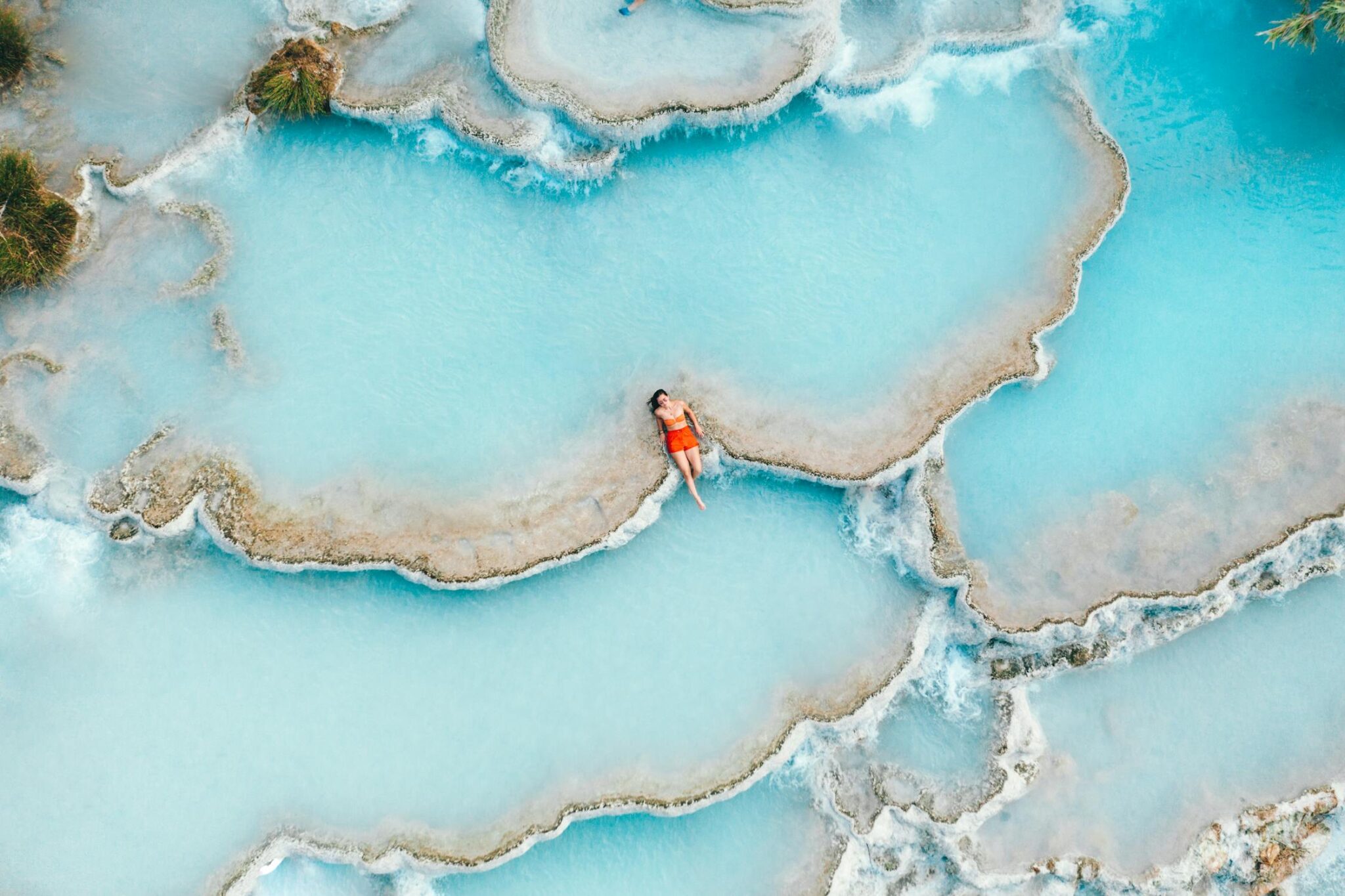Kunsträume an unkonventionellen Orten: Die kreative Umnutzung von Gebäuden in Berlin
Berlin, eine Stadt tief verwoben mit historischen Umbrüchen und künstlerischer Metamorphose, veranschaulicht, wie Vergangenheit und Gegenwart auf einzigartige Weise verschmelzen können, insbesondere durch die Umnutzung von Gebäuden. Diese lebhafte Stadt hat ihre architektonischen Relikte in blühende kulturelle Zentren verwandelt und eine Kunstszene gefördert, die so eklektisch und widerstandsfähig ist wie ihre Geschichte. Zwei bezeichnende Beispiele für dieses Phänomen sind die Sammlung Boros, untergebracht in einem ehemaligen Zweiten-Weltkrieg-Bunker, und Fotografiska Berlin, gelegen in einem renommierten ehemaligen besetzten Haus.
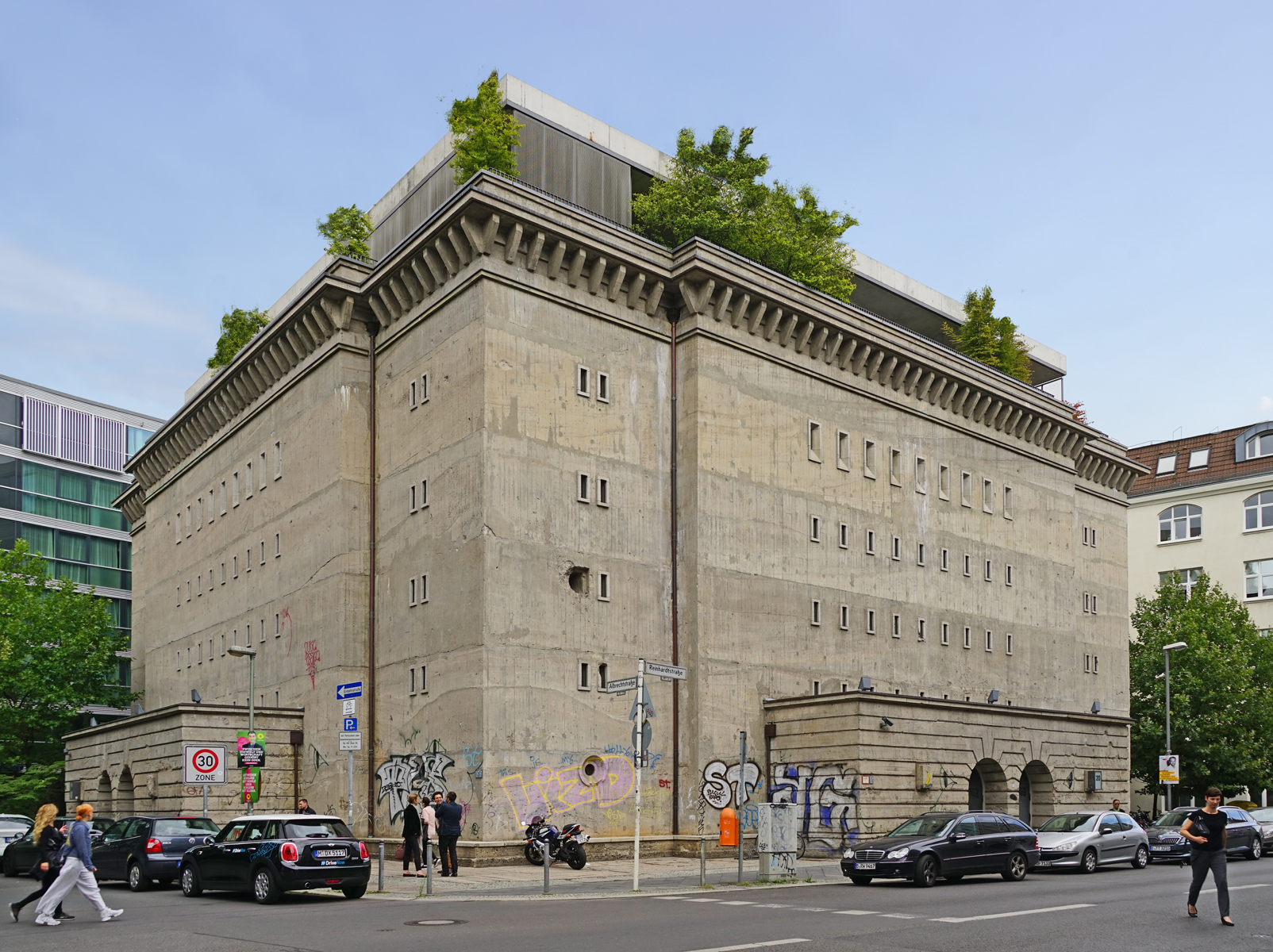
Jean-Pierre Dalbéra from Paris, France, CC BY 2.0, via Wikimedia Commons
Die Sammlung Boros: Ein modernes Kunstdomizil in einem Zweiten-Weltkrieg-Bunker
Mitten in den belebten Straßen Berlins steht eine imposante Betonstruktur, karg und stoisch – ein ehemaliger Luftschutzbunker aus dem Zweiten Weltkrieg. Im Jahr 1942 erbaut, hat dieser Bunker seine militaristischen Ursprünge überwunden und sich zu einem der exklusivsten Kunsträume in Berlin entwickelt, bekannt als die Sammlung Boros. Die Transformationsgeschichte begann, als Christian Boros, ein zeitgenössischer Kunstsammler, den Bunker kaufte, um seine private Sammlung unterzubringen. Im Jahr 2007 renoviert, unterzog sich der Bunker einer bedeutenden Verwandlung, indem er seine düstere Geschichte mit einer strahlenden Zukunft vereinte. Bemerkenswert ist, dass Boros sich persönlich zu dem Raum verpflichtet hat und mit seiner Familie in einer Wohnung wohnt, die auf dem Bunker errichtet wurde, und so sein tägliches Leben mit seiner Leidenschaft für Kunst verbindet.
Die Sammlung Boros ist nicht nur ein Museum; sie ist ein Ausdruck von Widerstandsfähigkeit, eine Gegenüberstellung der harten Realitäten des Krieges mit dem Frieden und der Kreativität der Kunst. Innerhalb seiner dicken, schützenden Mauern beherbergt der Bunker Werke internationaler zeitgenössischer Künstler, darunter Ai Weiwei, Olafur Eliasson und Wolfgang Tillmans. Dieser Raum, einst dazu bestimmt, vor Bomben zu schützen, bewahrt nun kostbare Kunstwerke und lädt zur Betrachtung der Ironien der Geschichte ein.
Ich hatte die Ehre, zur Eröffnung der Ausstellung von Elizabeth Porodina eingeladen zu werden. Ich habe einige Eindrücke von meinem Besuch mitgebracht, sowie einige von der Sammlung von Miles Aldridge.
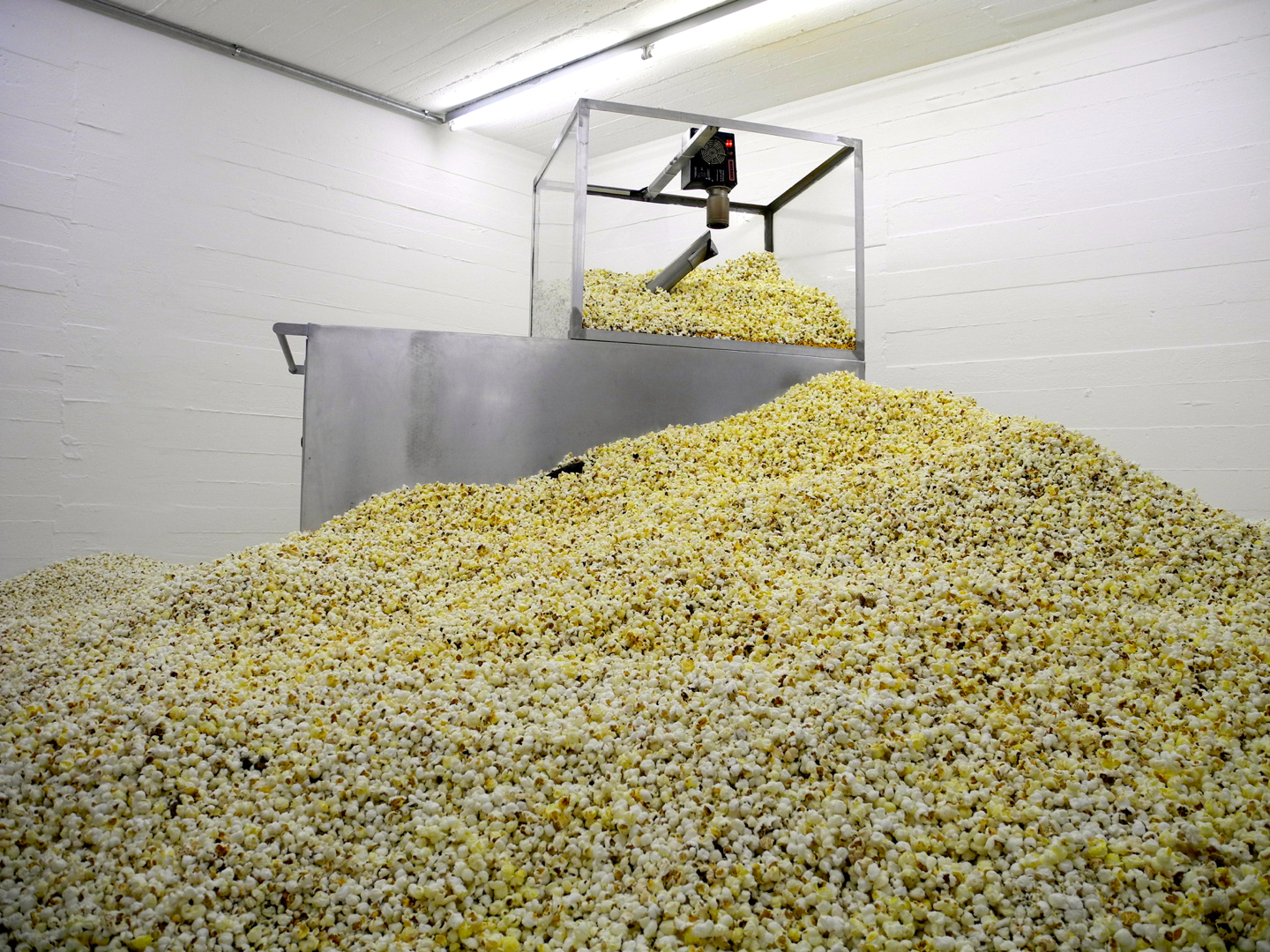
endless popcorn © 2014 by mabi2000 is licensed under CC BY-SA 4.0
Fotografiska Berlin: Eine kulturelle Wiederbelebung in einem ehemaligen besetzten Haus
Im Gegensatz zum nüchternen Utilitarismus des Boros-Bunkers erzählt die Lage von Fotografiska Berlin im alten Kunsthaus Tacheles eine andere Geschichte von städtischer Rückeroberung und Kreativität. Das Gebäude, das ursprünglich ein Kaufhaus war, bevor es nach dem Berliner Mauerfall zu einem der berühmtesten Künstlerbesetzungen wurde, repräsentiert eine bedeutende Ära in der kulturellen Geschichte Berlins. Nach dem Fall der Mauer wurde das Tacheles zu einem Symbol für den rohen, ungefilterten künstlerischen Geist der Stadt während der 1990er Jahre, ein Ort, an dem Kunst und Autonomie inmitten der Ruinen gediehen.
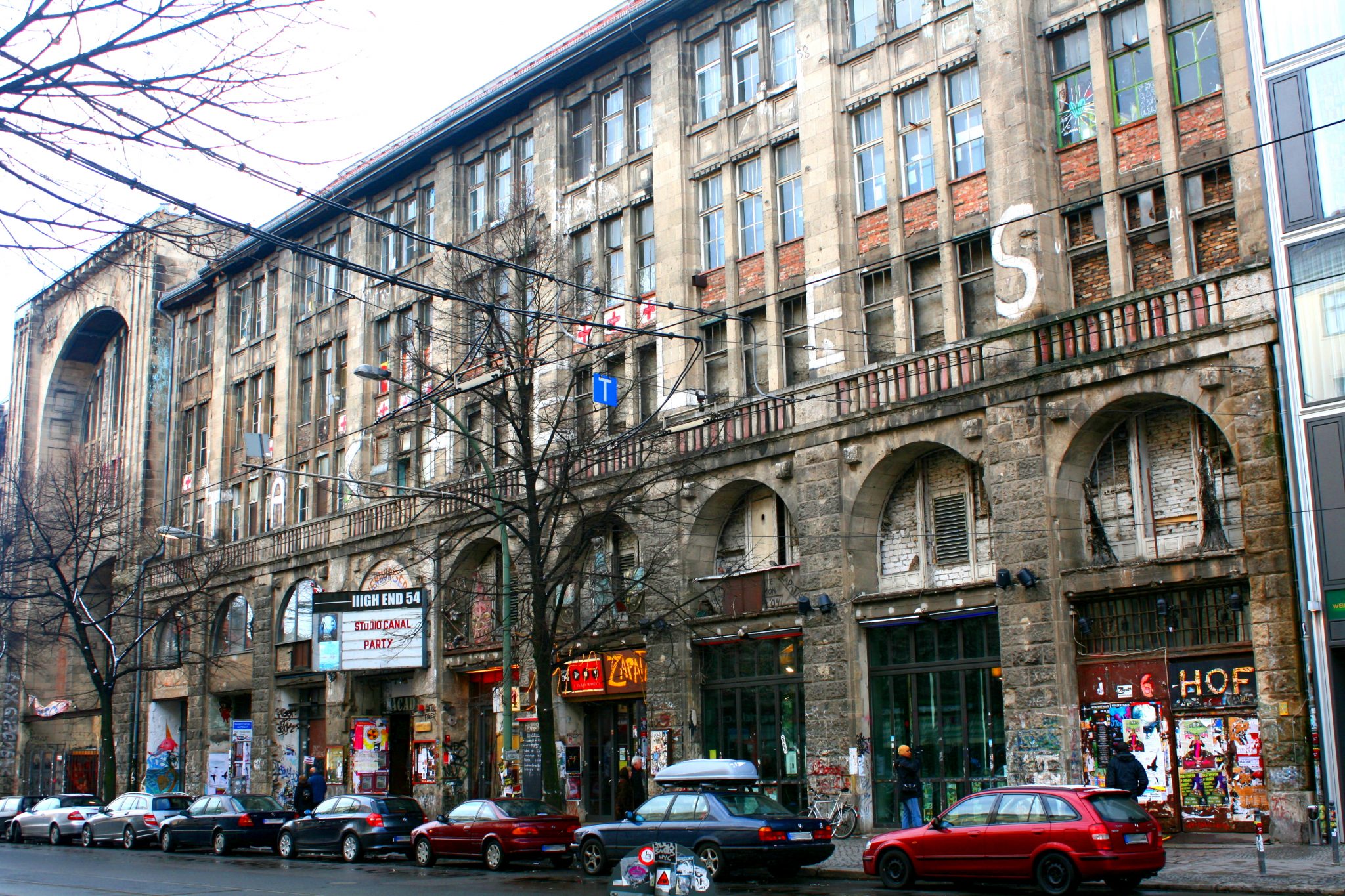
De-okin (talk) 14:44, 23 November 2008 (UTC), via Wikimedia Commons
Heute hat Fotografiska Berlin das Tacheles übernommen und zu einem anspruchsvollen Fotografie-Museum gemacht, das moderne kulturelle Aktivitäten mit historischer Gravitas verbindet. Entworfen von dem renommierten Studio Aisslinger, präsentiert dieser Raum nun erstklassige Fotografieausstellungen und veranstaltet lebendige kulturelle Events, die sowohl Einheimische als auch Touristen anziehen. Während es hohe Standards bei Kuratierung und Präsentation aufrechterhält, verweist Fotografiska Berlin dennoch auf seine Vergangenheit – die Graffiti-Schichten an seinen Wänden dienen als Erinnerungen an seine rebellischen, lebhaften Ursprünge.
Kulturelle Auswirkungen und städtische Transformation
Sowohl die Sammlung Boros als auch Fotografiska Berlin veranschaulichen den breiteren Trend von Berlins Auseinandersetzung mit seiner architektonischen Vergangenheit, um seine kulturelle Landschaft zu bereichern. Durch die Umnutzung von Räumen, die einst Schauplätze von Konflikten oder Verlassenheit waren, verwandelt Berlin seine historische Erzählung in eine Feier der Kunst und des öffentlichen Engagements. Diese Kunsträume sind nicht nur Orte zur Ausstellung von Kunst; sie sind tiefgreifende Aussagen über Zeit, Geschichte und die Kraft der Transformation.
Berlins Strategie, Gebäude für kulturelle Zwecke umzunutzen, hat nicht nur einzigartige Veranstaltungsorte für Kunstausstellungen geschaffen, sondern auch dazu beigetragen, das architektonische Erbe der Stadt zu bewahren und zu ihrer Identität als dynamisches und kreatives urbanes Zentrum beizutragen. Die durchdachte Integration von Geschichte mit zeitgenössischem Zweck an Orten wie dem Boros-Bunker und dem Fotografiska-Gebäude zeigt, wie Räume in Bedeutung und Funktion evolvieren können.
Während Städte weltweit mit Fragen der städtischen Entwicklung und des historischen Erhalts ringen, dient Berlin als überzeugendes Beispiel dafür, wie man die beiden kreativ miteinander verbinden kann. Sein Ansatz lädt dazu ein, neu darüber nachzudenken, wie städtische Räume bewertet und genutzt werden, und legt nahe, dass selbst die unauffälligsten Gebäude zu Bastionen von Kultur und Geschichte werden können, vorausgesetzt, sie werden durch die Linse von Potenzial und Möglichkeit betrachtet. In Berlin überstrahlt die Vergangenheit nicht die Zukunft; sie dient vielmehr als Grundlage, auf der eine lebendige Kulturszene weiter gedeiht.
